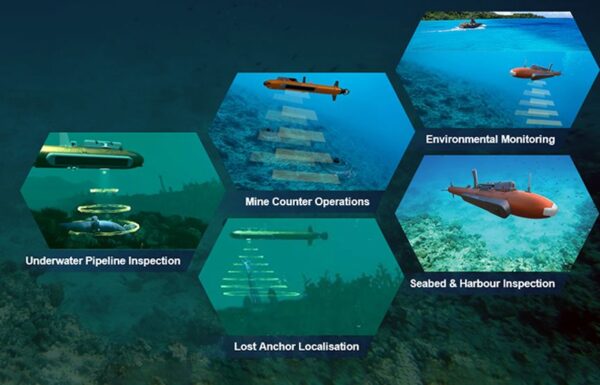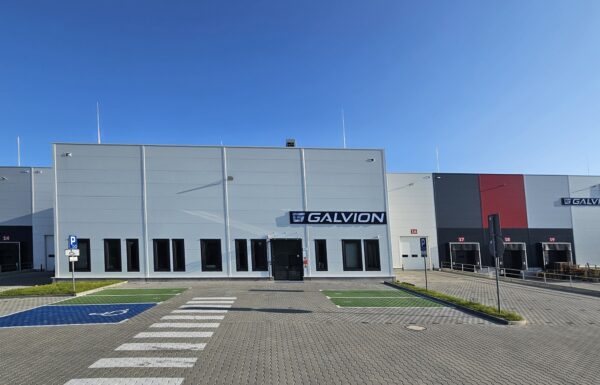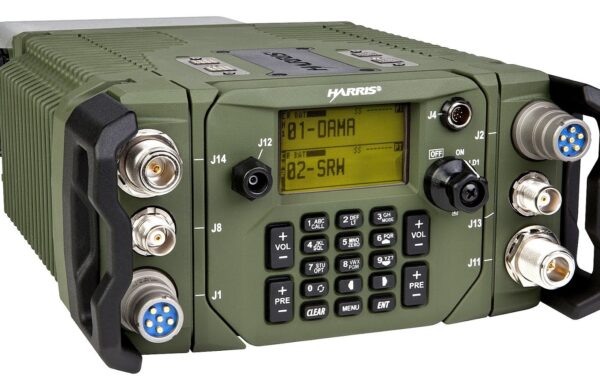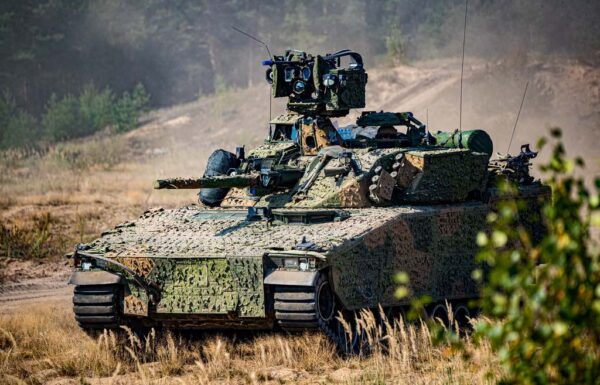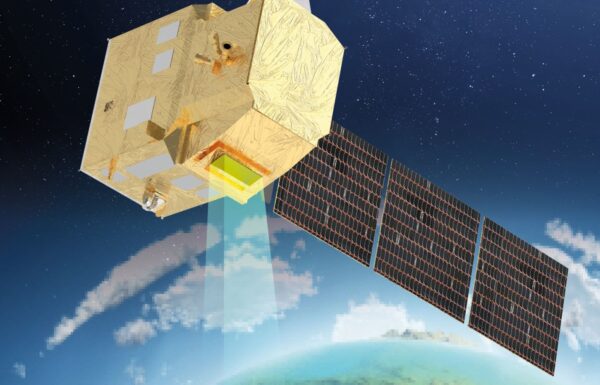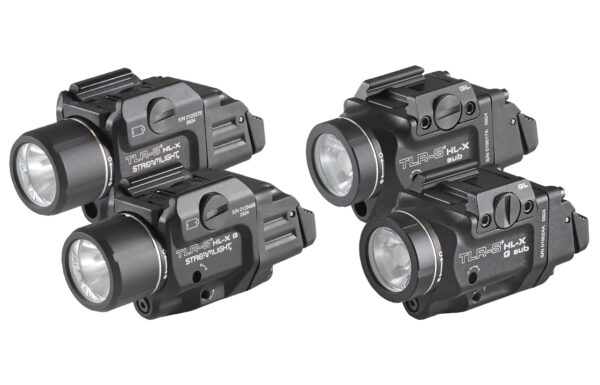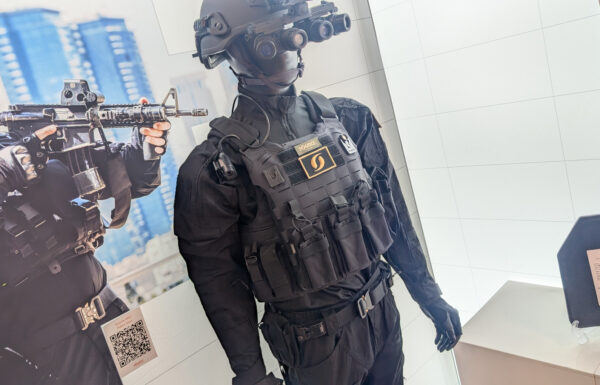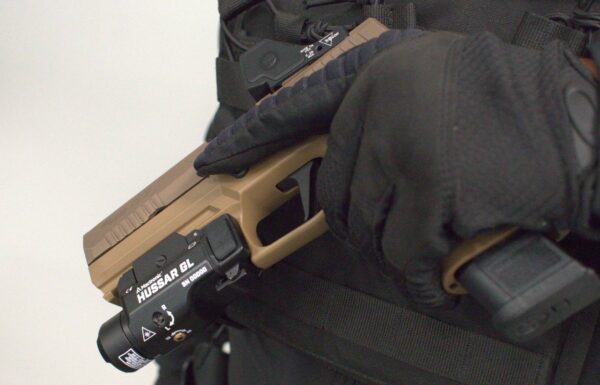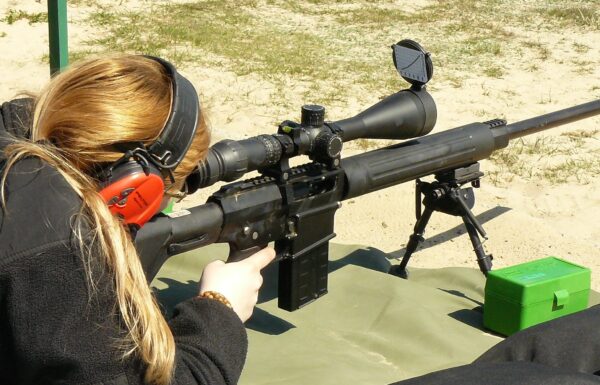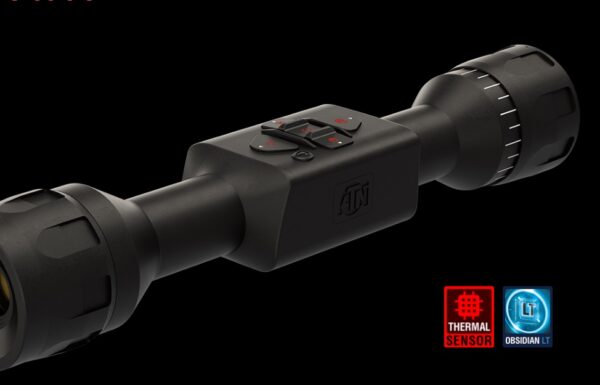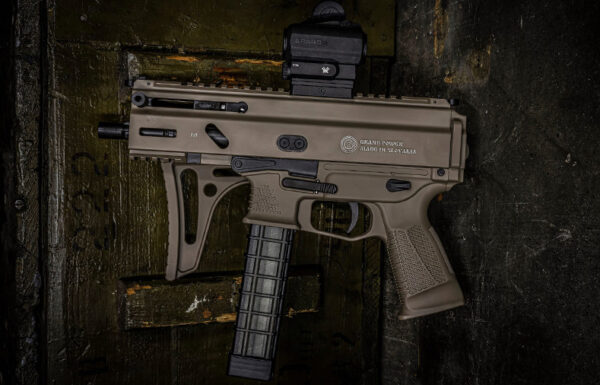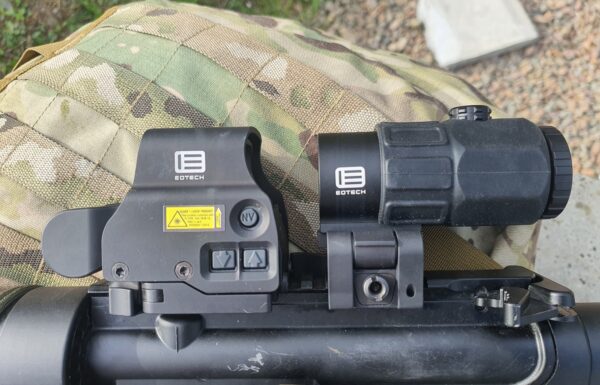On Tuesday, February 4, 2025, the U.S. Defense Security Cooperation Agency (DSCA) published two approvals from the U.S. State Department for the potential sale of two packages to Egypt, with a total maximum value of 929 million USD.
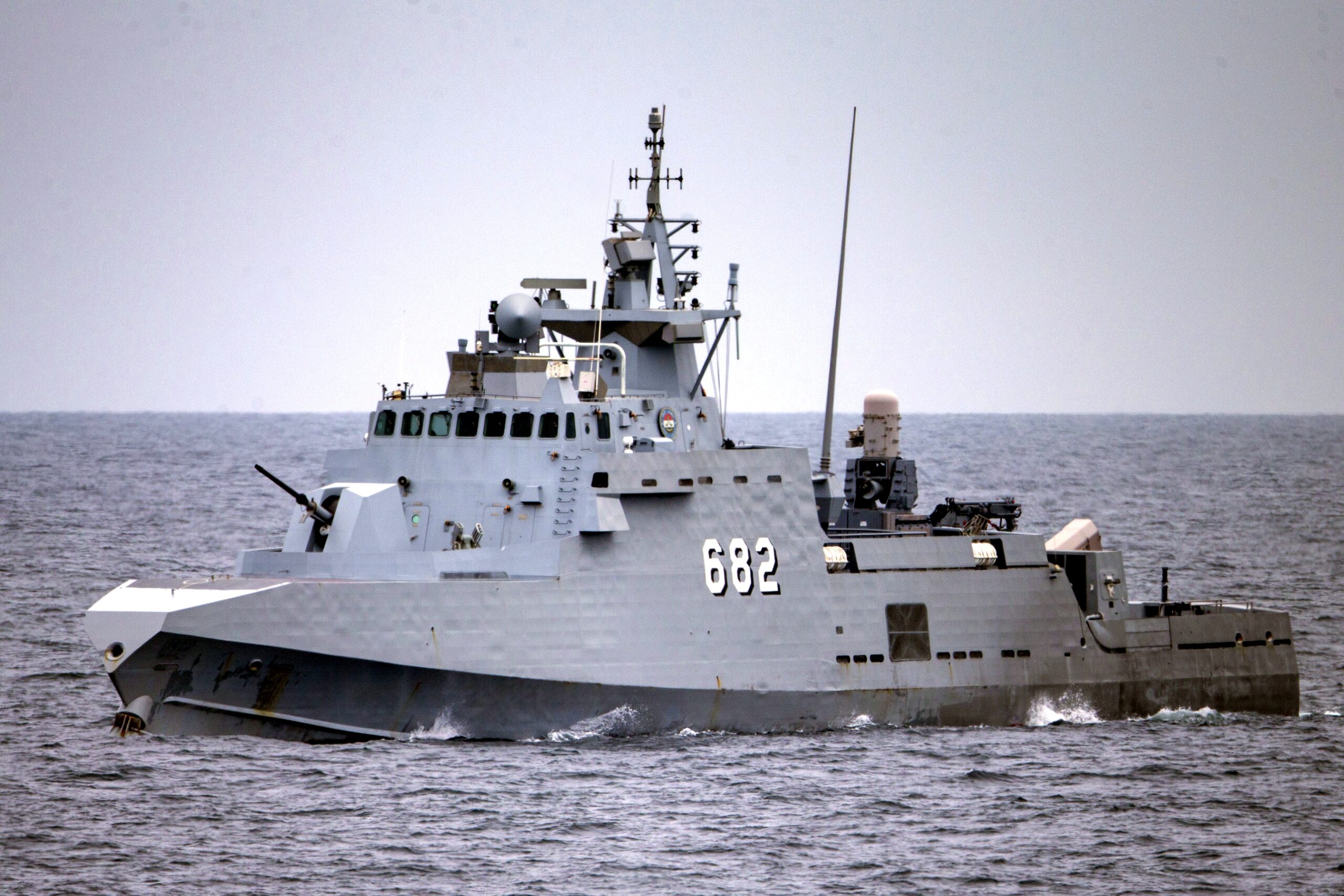 ENS Soliman Ezzat (682) typu Ezzat / Photo: Lance Cpl. Antonio Garcia, USMC
ENS Soliman Ezzat (682) typu Ezzat / Photo: Lance Cpl. Antonio Garcia, USMC
Modernization of Ezzat-class ships
The first approval concerns the sale of a modernization package along with related elements of a logistics support program for four Ezzat-class small missile ships for a maximum of 625 million USD.
The authorities in Cairo requested the acquisition of equipment and services, including four combat management system sets based on COMBATSS-21 components (Total Ship System, 21st Century). The system also includes air and surface surveillance radars, decoy launchers, electro-optical/infrared sensor systems, electronic warfare systems, navigation data distribution systems, signals intelligence systems, fire control radar systems, modifications to OTO Melara Mk 75 Super Rapid DP 76mm/L62 naval guns, and other related logistics and program support elements. The contract will be executed by Lockheed Martin and L3Harris Technologies.
The Navy of the Arab Republic of Egypt (Al-Quwwāt al-Baḥriyya al-Miṣriyya) operates four Ezzat-class small missile ships of the Ambassador Mk III project. Approval for the purchase of the first three ships was granted on August 7, 2004, for a maximum of 240 million USD, with a later expansion for a fourth ship on December 19, 2009, for up to 565 million USD. The contract was finalized in January 2005, and an agreement with the contractor, VT Halter Marine, was signed in December of the same year. Due to design modifications, costs later increased, first to 1.05 billion USD and ultimately to 1.29 billion USD. Since May 2010, the possibility of acquiring a fifth and sixth ship has been under consideration.
Ultimately, the four ships—ENS S. Ezzat (682), F. Zekry (684), M. Fahmy (686), and A. Gad (688)—were built between 2008 and 2013, with deliveries starting in 2013.
The ships are 63 meters long, 10 meters wide, with a draft of 2 meters, and have a displacement of 600 tons. They are powered by four MTU diesel generators delivering a total of 30,000 horsepower to four propulsion shafts, enabling a maximum speed of 41 knots, a range of up to 2,000 nautical miles at an economical speed of 15 knots, and an endurance of up to 8 days. The crew consists of 36 personnel: 8 officers, 10 non-commissioned officers, and 18 sailors.
The electronic systems include a Thales MRR-3D NG multifunction radar operating in the G-band, a Thales Scout surface radar in the I/J-band, a Thales STING-EO Mk2 fire control radar, communication systems of Link ASN 150, Link YE, Link 14, and Link 11 standards, an identification friend-or-foe (IFF) system, a TACTICOS combat management system with Model 033-2T/066-2T tracking units, and four ESM/ECM decoy launchers.
The armament consists of two quadruple container launchers for eight RGM-84 Boeing Harpoon Block 1G anti-ship missiles, a single OTO Melara Mk 75 Super Rapid DP 76mm/L62 naval gun, a single Mk 31 Mod 3 RIM-116 RAM short-range air defense system launcher with 21 missiles, a single 20mm Raytheon Mk 15 Mod 21 Phalanx Block 1B close-in weapon system (CIWS), and two mounts with 7.62mm M60 machine guns.
AN/TPS-78 Radar
The second approval concerns the purchase of a single AN/TPS-78 radar system package, including related logistics program elements, for a maximum of 304 million USD.
The package includes KIV-78 cryptographic devices, GPS satellite navigation transmitters with SAASM (Selective Availability Anti-Spoofing Module) modules, spare and repair parts, software and software support, personnel training and training equipment, engineering, technical, and logistical support services provided by the U.S. government and the contract’s contractor (Northrop Grumman), as well as other related logistics and program support elements.
The AN/TPS-78, in its ADCAP (Advanced Capability) or ADCAP MMR (ADCAP Multi-Mode Radar) variants, operates in the S-band and is designed to detect high-altitude, high-speed aerodynamic targets. It consists of a phased-array antenna measuring 2.5 meters in height and 5.5 meters in width. Its instrumental range is 444 km (240 nautical miles). It also features transmitter-receiver modules of the SiGe (Solid-State Transmitter) type, utilizing a digital beam-forming architecture.
According to Northrop Grumman, the radar is highly resistant to both natural (weather-related) interference and enemy electronic warfare (EW). All system electronics are housed in a standard 14-foot ISO container mounted on a heavy wheeled chassis.
On October 25, 2024, Taiwan received approval to purchase an undisclosed number of these radars, and in the past decade, similar systems have been delivered to Thailand.



